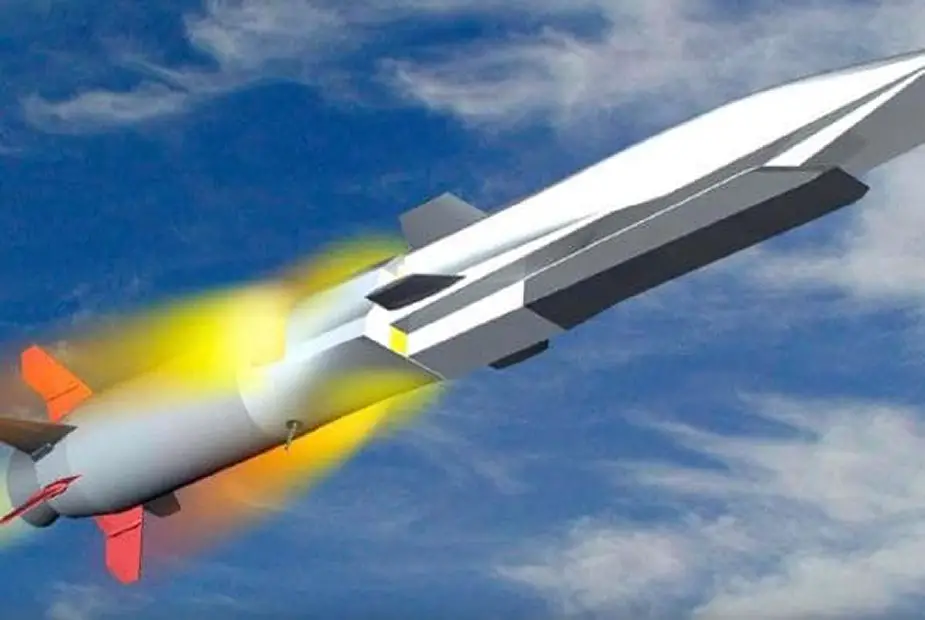Stupid ruskies, so all that it takes to make the kalibr comply with the INF is to make a warhead version that contain a recovery parachute and a small gravity bomb.Drones is disputed. The Russians argued that they were violations of the treaty the US argued otherwise.
I favor the US on this as unless it’s a suicide drone it’s not a missile it’s a aircraft. Like a fighter bomber, and INF doesn’t restrict Sea or Air launched weapons in this class hence Naval Tomahawk or B52 launched cruise missiles are not touched. Because the Drone launches the weapons it employs its an aircraft.
Other areas are less clear.
The US points to the SSC8 Satain 2 missile as a violation and the RS26 as Russian violations.
The Russians retorted that the Hera Target missile, Drones and the Aegis ashore batteries are violations. The Hera as it sits in the range. And Aegis because they claim that it could be armed with Tomahawk naval cruise missiles. The US states that the system was knocked down to prevent that.
They should hire same wise man from USA to make treaty comply weapons : D
Kalibr with going back home version with recovery parachute has 750 km range, with one way, nuclear armed has a 2500 km range.
I think there is small amount of USA pilots that would take an one way ,suicide mission to push they range of F-16 to 4000 km.
But drones can do that.



